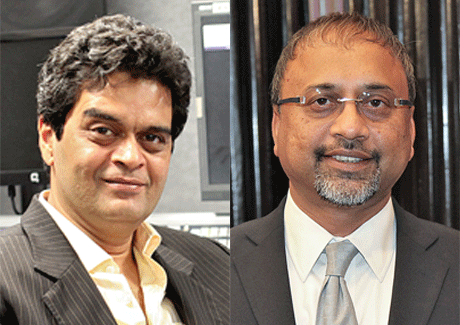Double Standards: Are Users satisfied with new SEC system?
Following the announcement of the new SEC system, Jagadeesh Krishnamurthy asked Star CJ's Paritosh Joshi and Mindshare's Ravi Rao on what they thought about it and how it will impact space in India
by Jagadeesh Krishnamurthy

To continue enjoying this content, please sign in below. You can register for free for limited further access or subscribe now for full access to all out content.
Sign In
Trouble signing in?
Register for free
✓ Access limited free articles each month
✓ Email bulletins – top industry news and insights delivered straight to your inbox
Subscribe
✓ All the latest local and global industry news
✓ The most inspirational and innovative campaigns
✓ Interviews and opinion from leading industry figures
